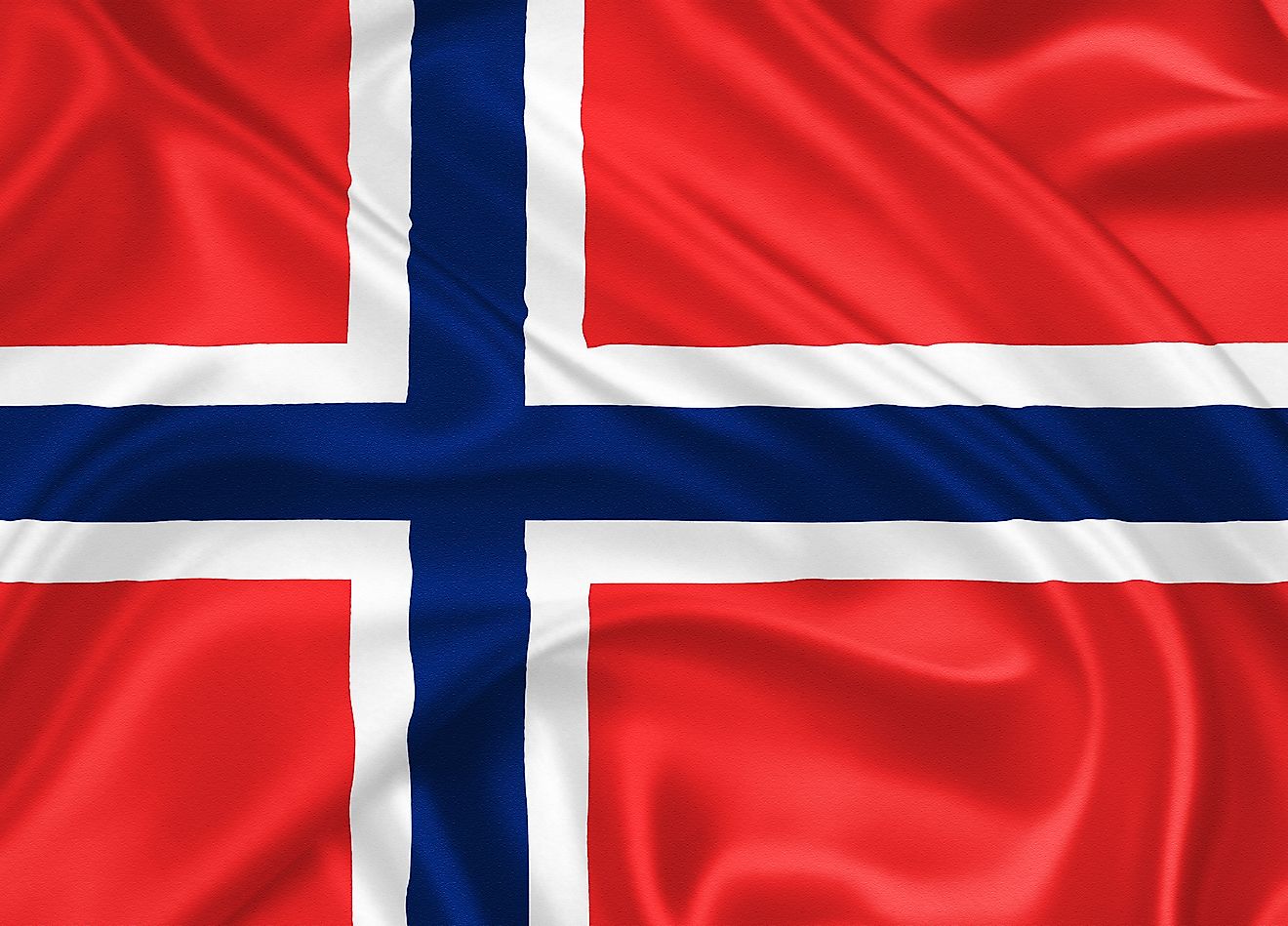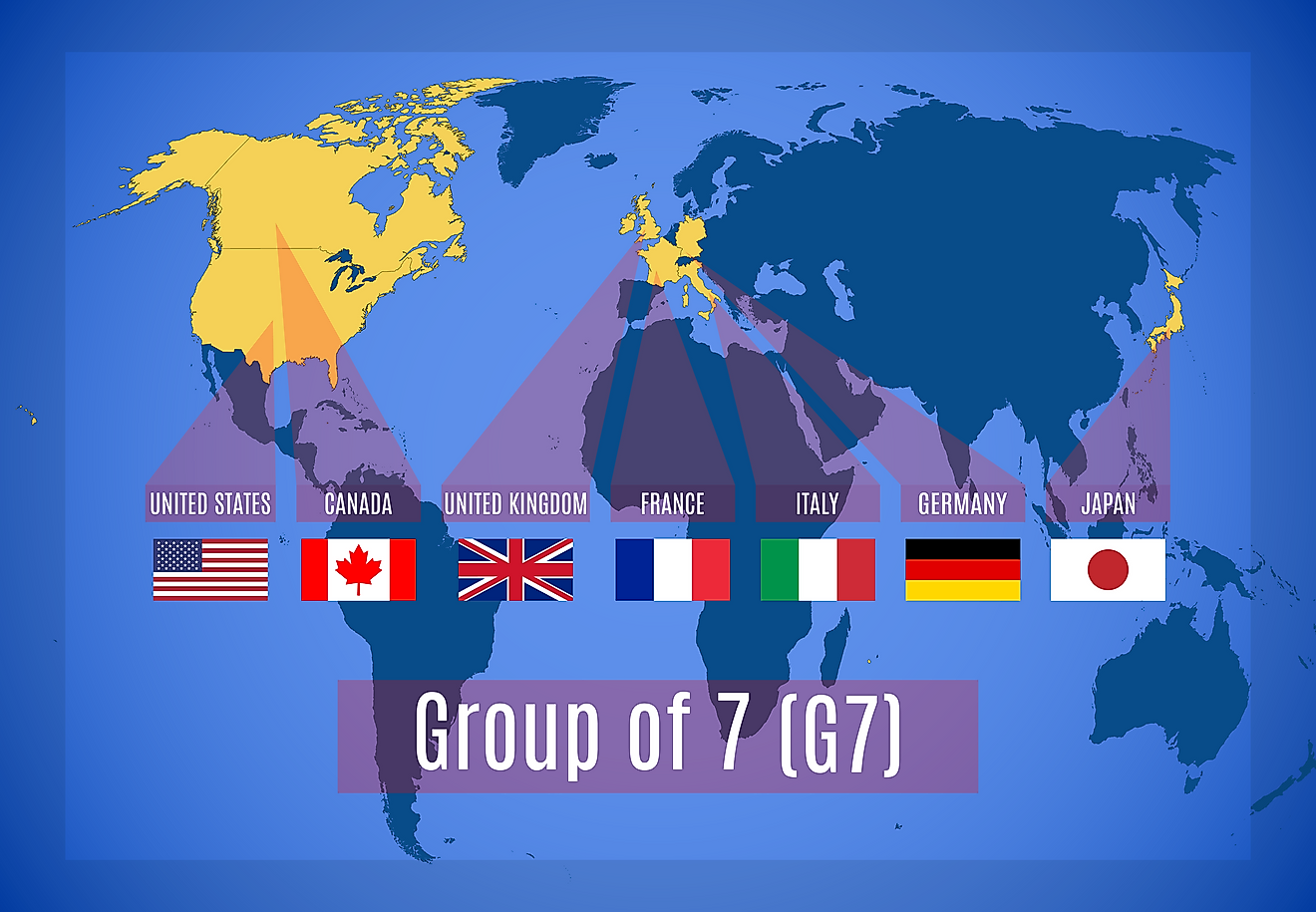Prime Ministers Of Norway Since World War II (WW2)

The Prime Minister of Norway is the head of government and the principal political figure for the country. The person in this position is appointed by the Monarch and has no set term limits. Generally, the appointment is based on the leader of the political party with majority representation in Parliament. This government position has existed in various forms for hundreds of years. During Nazi occupation of Norway, the government was exiled to London, where they were recognized by the Allied Powers. Since the end of World War II, Norway has had 14 Prime Ministers over a number of terms. This article takes a look at some of the Prime Ministers of post-World War II Norway.
Prime Ministers of Norway Since World War II
Einar Gerhardsen
The first person to serve as Prime Minister after the war was Einar Gerhardsen. His first term was from June of 1945 to November of 1951. He went on to serve again from January of 1955 to August of 1963 and from September of 1963 to October of 1965. All together, he held this office for 17 years, making him the longest serving prime minister. He is most remembered for helping rebuild the country after the war. During his terms, he helped reduce poverty and unemployment and created a social security system through increased industrialization and a progressive tax program. Additionally, his administration initiated low-cost housing loans, child support for single parents, educational loans for students, universal pension, and a benefit for widows. For three weeks in 1963, his Labour Party government was replaced after being accused of causing a mining accident, but returned after talks with the Socialist Democrat Party. Gerhardsen retired from politics in 1969, but is still remembered as the “Father of the Nation”.
Gro Harlem Brundtland
Gro Harlem Brundtland became the first female Prime Minister in February of 1981, although she only served for 6 months to finish the term of the previous, retiring Labour Party Prime Minister. She went on to hold the office again between May of 1986 and October of 1989 and from November of 1990 to October of 1996. During her second term, she appointed a nearly equal proportion of women as men to ministry positions, a move that became famous around the world. Her government also initiated peace talks between Israel and Palestine, leading to the Oslo Accord. Additionally, she helped resolve the “Rocket Crisis” of the European Socialist Party in response to the 1981 NATO missile deployment. In 1990, she became involved with the Independent Commission on Disarmament and Security and played a critical role in the first UN Conference on Environment and Development. She resigned as Prime Minister in 1996 and went on to become the Director-General of the World Health Organization.
Erna Solberg
The current prime minister of Norway is Erna Solberg, of the Conservative Party. She has held this position since October of 2013. Since being prime minister, she has participated in the Agriculture and Food meeting with the Ministers of Transportation and Climate and Environment. Additionally, she has been a proponent for increased immigration to the country and participated in UN Sustainable Development forums. Her government has eliminated the inheritance tax, reduced the annual net worth tax, and merged local governments to reduce bureaucracy. Currently, Solberg and her government are attempting to diversify the economy to reduce the dependence on oil and gas.
A list of other Prime Ministers can be found in the chart below.
Duties of the Prime Minister
The Prime Minister suggests a Cabinet of Ministers, who are ultimately appointed by the Monarch. These individuals are in charge of the various Ministries and Departments throughout the government. The Prime is responsible for ensuring that each Minister carries out the legislation passed by Parliament and that each department is functioning in an efficient and effective manner.
Prime Ministers Of Norway Since World War II (WW2)
| Prime Ministers of Norway Since 1945 | Term(s) in Office |
|---|---|
| Einar Gerhardsen | 1945-1951; 1955 to August of 1963; September of 1963 to 1965 |
| Oscar Torp | 1951-1955 |
| John Lyng | August to September of 1963 |
| Per Borten | 1965-1971 |
| Trygve Bratteli | 1971-1972; 1973-1976 |
| Lars Korvald | 1972-1973 |
| Odvar Nordli | 1976-1981 |
| Gro Harlem Brundtland | February to October of 1981; 1986-1989; 1990-1996 |
| Kåre Willoch | 1981-1986 |
| Jan Syse | 1989-1990 |
| Thorbjørn Jagland | 1996-1997 |
| Kjell Magne Bondevik | 1997-2000; 2001-2005 |
| Jens Stoltenberg | 2000-2001; 2005-2013 |
| Erna Solberg (Incumbent) | 2013-Present |











